In recent years, the proliferation of high-speed communications infrastructure and the reduction of communications and storage costs have been advancing rapidly. Against this backdrop, the trend of the fourth industrial revolution, typified by Industrie 4.0, has spread explosively, and the momentum of investments in related technologies has been building globally.
Yamaha Motor has taken this trend in a timely manner, and developed “Intelligent Factory,” an Internet of Things (IoT)/machine-to-machine (M2M) integration system (Fig. 1) using the latest technologies. For the introduction of Intelligent Factory, Yamaha Motor is proposing a practical four-step process (Fig. 2). First, in Steps 1 and 2, the company focuses on and actively proposes the automation and labor saving of the surface-mount technology (SMT) line based on the M2M connectivity.
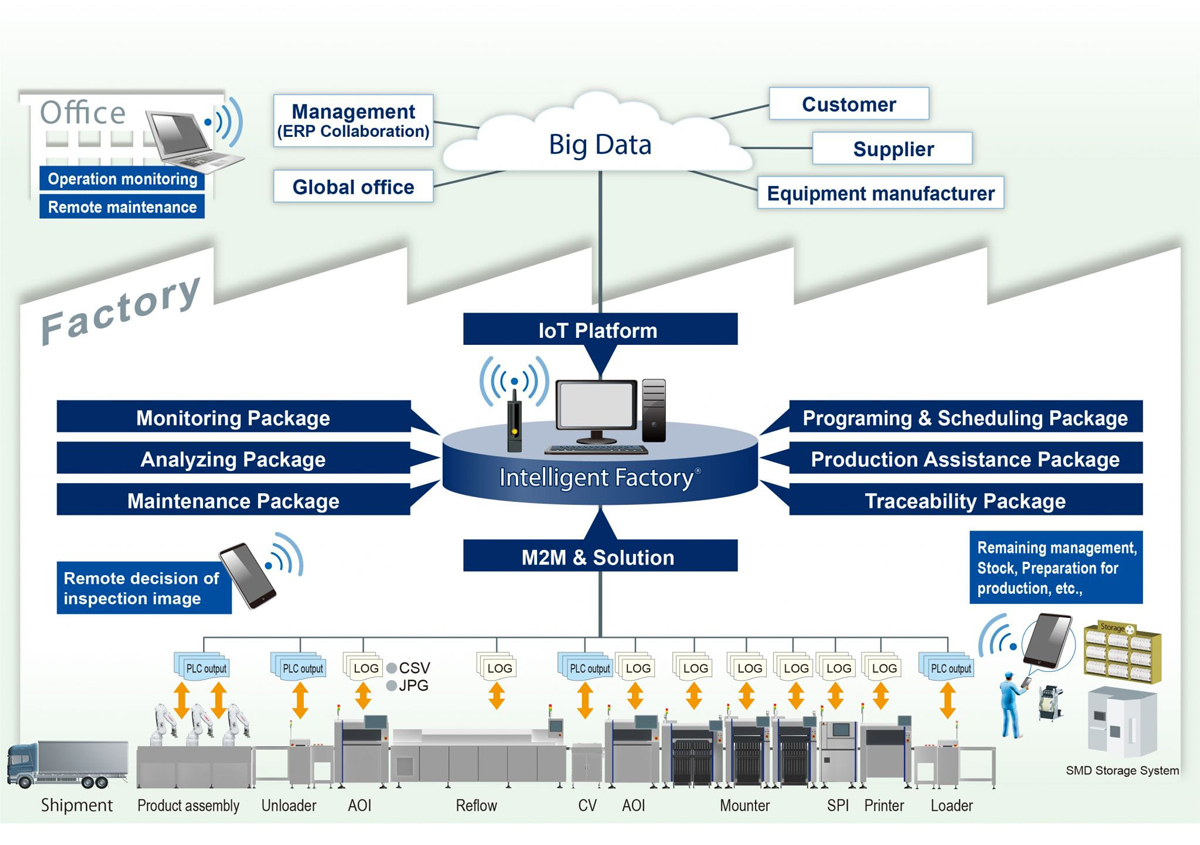
Fig. 1: Intelligent Factory outline
As a practical problem involving M2M linkages among machines of different manufacturers with various development concepts and business scales, there is a significant amount of proprietary information that cannot be mutually disclosed. Therefore, information sharing is virtually limited to standard basic information, such as board IDs and bad marks. In addition, it is considerably difficult for manufacturers with different resources and situations to simultaneously develop software for mutual cooperation. Hence, naturally, there is a limit to the synergetic effects that can be attained through cooperation.
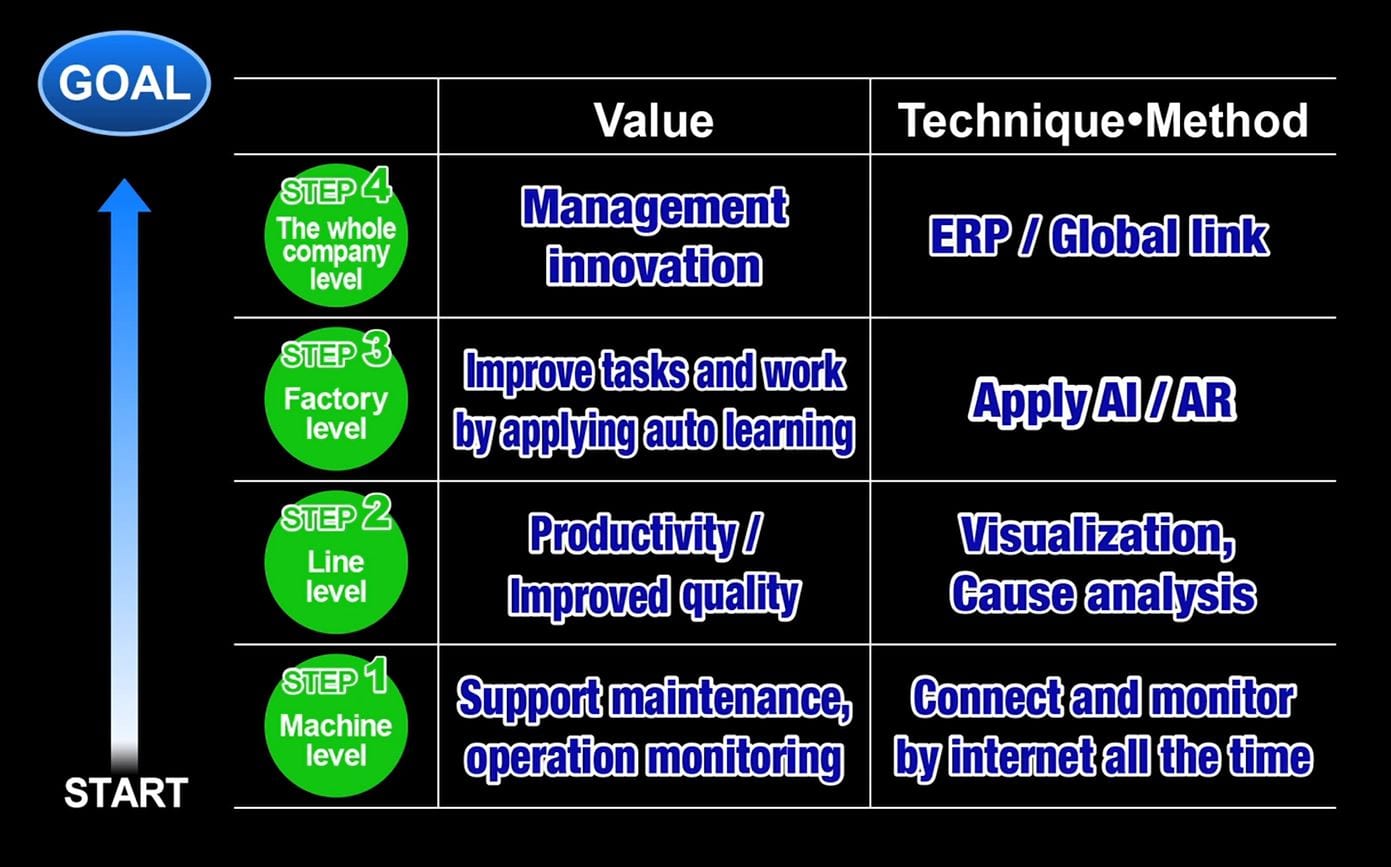
Fig. 2: Steps to the introduction of Intelligent Factory

Fig. 3: An example of 1 STOP SOLUTION Yamaha line
1 STOP SOLUTION
To achieve advanced M2M connectivity that overcomes the said limits, Yamaha Motor vigorously promotes “1 STOP SOLUTION,” the company’s original concept. It solely uses Yamaha products to link intelligent SMT machines and software to maximize synergetic effects.
Yamaha Motor already has a full lineup of main machines on a mounting line: surface mount device (SMD) storage systems, printers, dispensers, screen printing inspection (SPI) machines, mounters, and automated optical inspection (AOI) systems. Connecting each machine on a mounting line comprising of these Yamaha products through advanced M2M connectivity without a black box in an “Intelligent Factory” maximizes the effects of mutual cooperation of machines and software. Thus, it becomes possible to achieve a highly efficient mounting line through true total management.
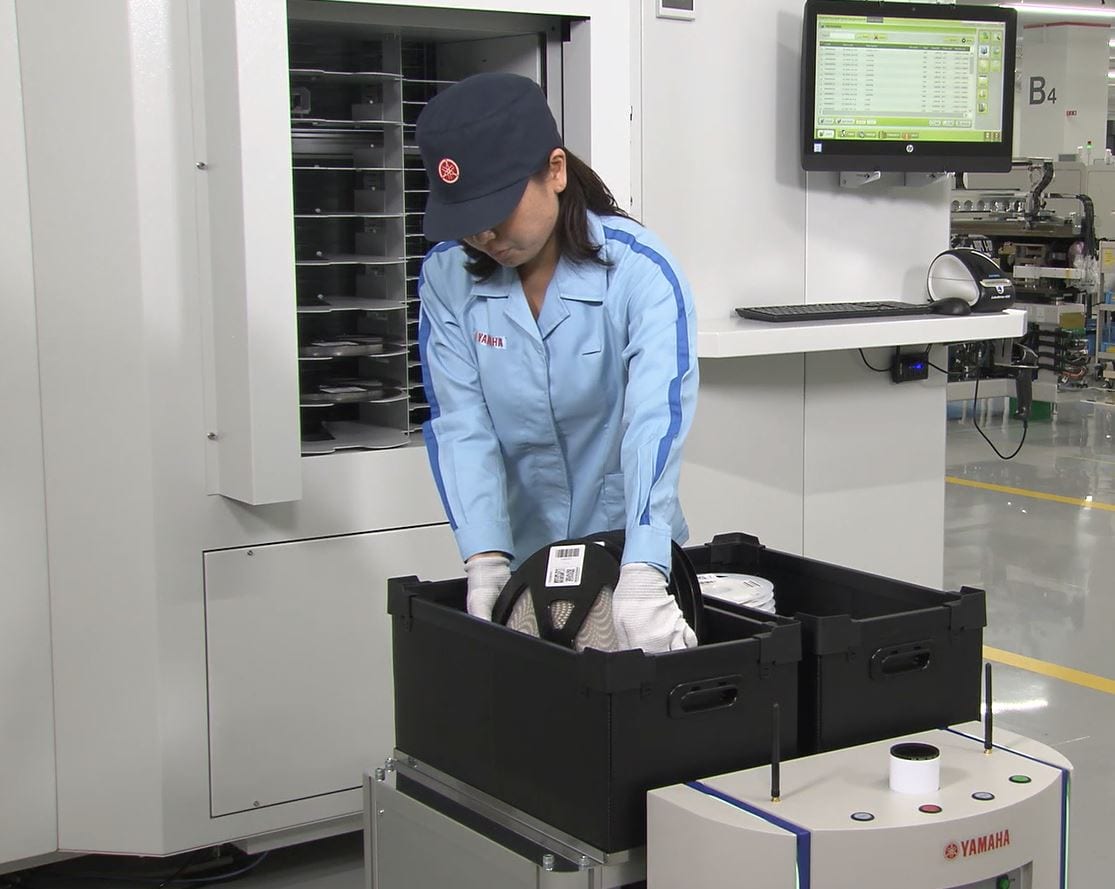
Photo 1: Delivery of components from the SMD storage system and transfer using AGV
Figure 3 shows an example of a full Yamaha SMT line through “1 STOP SOLUTION.” Some functions through M2M connectivity between machines, include:
- Transfer of instructions from the production plan, or board ID information read by the machine at the start, among machines enables production switchover and automatic setup changes on the total line without requiring special skills;
- Upon the receipt of information on production switchover, components are delivered from the SMD storage system and transferred to arbitrary setup changeover locations specified through the linkage using the automated guided vehicle (AGV) to reduce the burden on the worker (Photo 1);
- Feedback of print position from SPI to solder paste printer ensures stable print position accuracy (Fig. 4);
- Feed-forward of bad mark from SPI to mounter reduces takt time loss (Fig. 5);
- Components that are needed to be supplied are notified from the mounter to the SMD storage system at the necessary timing in order of precedence to automatically deliver the necessary amounts of components and supply them at a time;
- Feedback of defect information and instruction of stop command from AOI to mounter prevents the mounter from continuing to produce defective PCBs (Fig. 6);
- SPI image of mounting defect found by AOI is instantaneously displayed, and at the same time, all related images, such as those of printer and mounter are shown to speedily determine the cause of defect (Fig. 7).
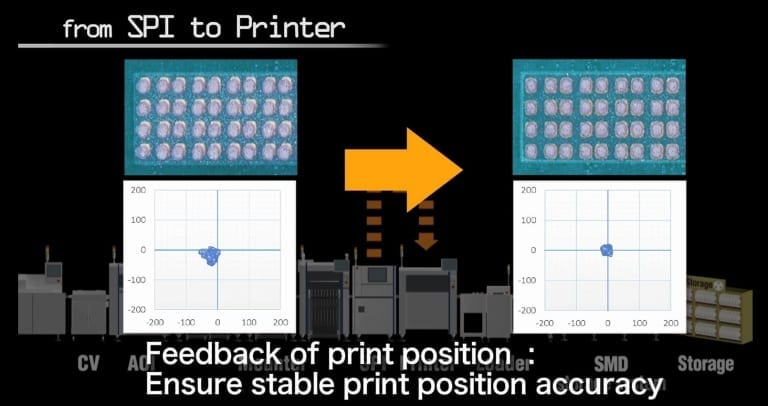
Fig. 4: Feedback of print position from SPI to printer
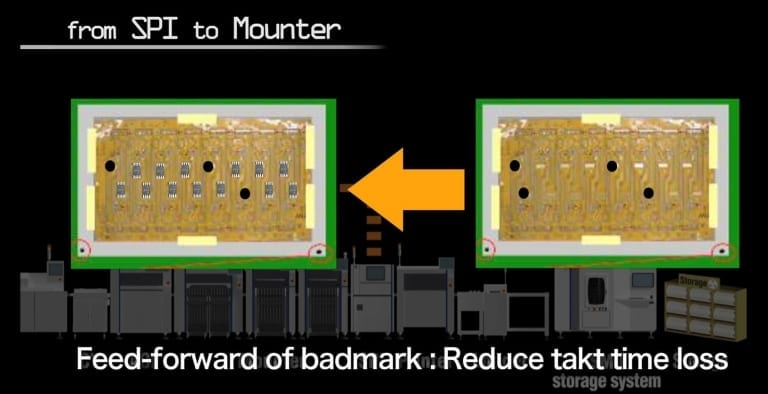
Bild 5: Weiterleitung der Badmark vom SPI an den Bestücker
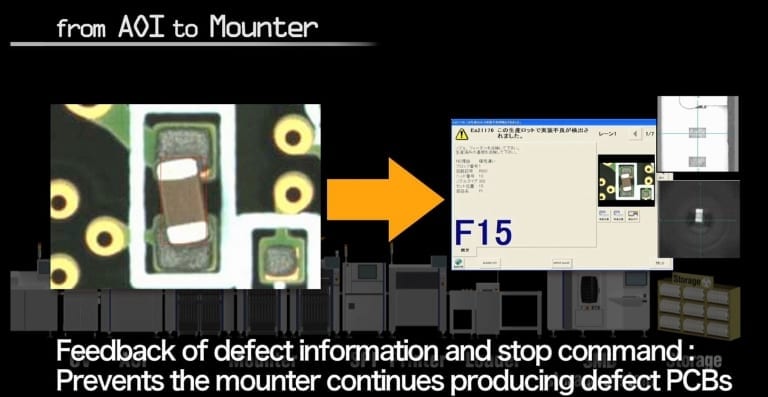
Fig. 6: Feedback of defect information and instruction of stop command from AOI to mounter
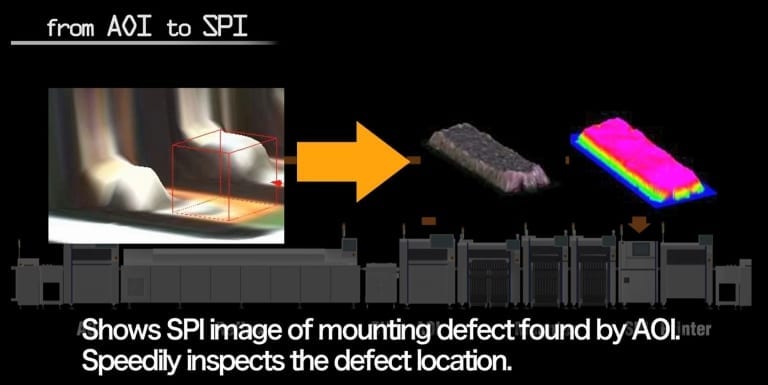
Fig. 7: Display of SPI image found by AOI
Future Efforts
Based on the examples given above, advanced M2M through “1 STOP SOLUTION” enables a variety of mutual cooperation functions, and results to reductions of work time, labor and human errors and improvement of quality through speedy implementation of defect countermeasures, thereby bringing out potential capabilities of the whole mounting line and improving efficiency as a whole.
Aside from the above-described examples, Yamaha Motor also provides various mutual cooperation functions unique to Yamaha machines connectivity. In addition, Yamaha is determined to develop further advanced connectivity functions in stages to improve overall efficiency of SMT factories.
About Yamaha Robotics SMT Section
Yamaha Surface Mount Technology (SMT) Section is a subdivision of Yamaha Motor Robotics Business Unit in Yamaha Motor Corporation. Yamaha surface mount equipment is highly acclaimed in the market for their “module concept” that enables them to keep pace with the trend toward smaller and more diverse electric/electronic parts being mounted on circuit boards.Yamaha SMT Section has created a strong business in the surface mount industry that enables design and engineering, manufacture, sales and service to be conducted in one comprehensive system. Furthermore, the Company has used its core technologies in the areas of servo-motor control and image recognition technology for vision (camera) systems to develop solder paste printers, 3D solder paste inspection, 3D PCB inspection machines, flip chip hybrid placers and dispensers. This allows Yamaha SMT Section to offer a full line of machines for electric/electronic parts mounting and propose optimum production-line makeup to answer the diversifying needs of today’s manufacturers.
Yamaha SMT Section has sales and service offices in Japan, China, Southeast Asia, Europe and North America provide a truly global sales and service network that will safeguard best in class on-site sales & service support for clients.
www.yamaha-motor-im.eu
Contact info
Oumayma Grad
Marketing Communications Manager
Hansemannstraße 12
41468 Neuss
Germany
Office: +49 2131 2013 538
Mobile: +49 1517 0233 297
Fax: +49 2131 2013 550
Email: oumayma.grad@yamaha-motor.de
Web: www.yamaha-motor-im.eu
